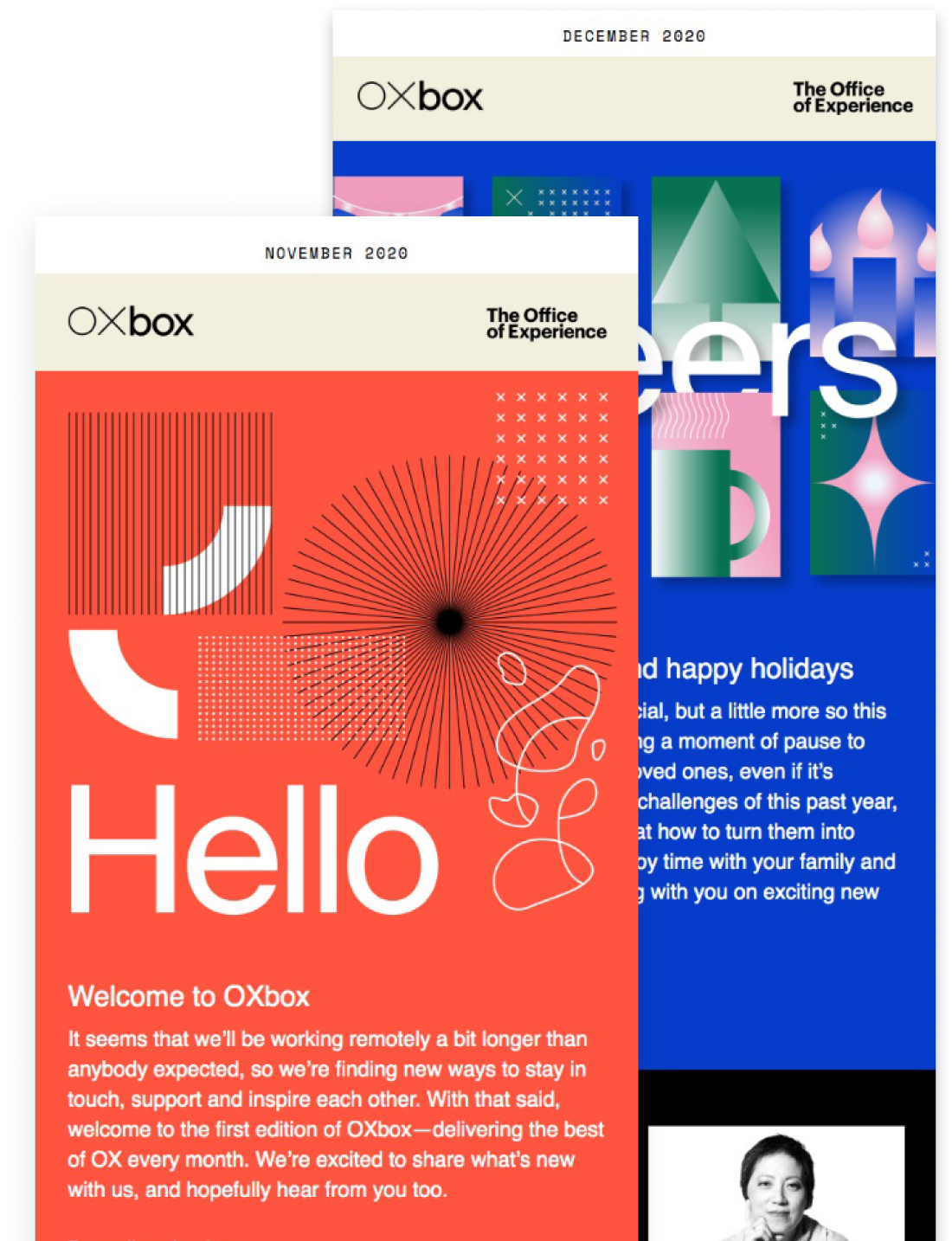
Digital Transformation
The Art of The MVP Launch, Part 1
Striking the Right Balance for Success.
MVPs (Minimum Viable Product) have gained a lot of traction in the fast-paced world of ecommerce. While an MVP approach has its advantages, it also comes with important considerations to keep in mind. Launching one for your business can have a lot of appeal, especially if you want to get online fast. An MVP prioritizes essential features over advanced functionalities, enabling a rapid roll out and validation of your business idea through real user feedback and actionable data.
Capitalize on Essential Features
The simplified nature of an MVP means advanced features and functionalities are often excluded. This streamlined approach gets your products online quickly but can lack the bells and whistles that enhance the user experience. Rather than viewing this strategy as limiting, see it as a way to prioritize.
For example, an MVP site might require removing a layered navigation menu for easy product browsing or an advanced search with filters. Limitations like these could impact user engagement, frustrate current and potential customers, and prevent full exploration of your offerings if you don’t prioritize what’s really important. Start by prioritizing core features like simplified filters, and basic search functionality. This can help customers evaluate, customize, and interact with your products and will go a long way in creating a compelling user experience on an MVP site.
First Impressions Matter
The old saying “you never get a second chance to make a first impression” holds true in the world of ecommerce. Ensure your MVP site looks presentable, loads fast, and functions properly. Prioritize speed optimization, clean layouts, and bug testing. First impressions matter when shaping brand perceptions, and a polished MVP can elevate your credibility and the user experience, all while driving greater engagement and conversion. After all, better experiences mean better business.
Customers form judgments about websites and brands within seconds – even for B2B businesses. 73% of B2B buyers say they want a personalized, B2C-like experience, expecting the same level of design and convenience they get from B2C sites. A disjointed site can turn off potential shoppers and impact your brand’s reputation before you even have a chance to impress them with your products.
Navigating Scalability Challenges
The primary goal of an MVP is to launch quickly and validate your business idea with the minimum features necessary. However, as your business begins to gain traction and traffic increases, you might encounter scalability issues, especially with pre-built accelerators and/or native themes. Think of each challenge as an opportunity to improve and adapt.
Specifically:
- Infrastructure: With validating a business idea in mind, the selection of a more basic and less robust infrastructure is common for an MVP. As an ecommerce business grows, the initial infrastructure may struggle to handle the increased load, resulting in performance issues. Regularly monitoring website traffic and performance can help provide early warnings of potential issues and give insights into when it might be time to upgrade or change the infrastructure.
- Features: In order to test the core idea, MVPs typically have a reduced set of features. This can be restricting when expanding a business or adding more advanced ecommerce functionalities. To address this, build a feature roadmap and prioritize the introduction of new features based on customer feedback and market demand.
- Integration: Whether it be with inventory management systems, CRM tools, or third-party payment gateways, MVPs are not always built with integrations in mind. Identify which integrations are most important for your organization, and consider adopting integration-friendly platforms or middleware to smoothen this process.
- Content Strategy /UX: The user experience, interface design, and content for an MVP can sometimes be basic. Content, a frequently overlooked aspect, plays a pivotal role in enriching the user experience. Lackluster product photography, missing or unclear demonstration videos, and vague product information can impact a customer’s confidence in their purchase decision. Addressing both design and content at the start of the build can prevent these challenges, saving time and resources in the long run.
- Technical Debt: Quick fixes and shortcuts taken during the MVP phase can add up as technical debt. Addressing this debt when scaling can be a challenging, resource-intensive process. Allocate resources wisely and conduct periodic code reviews and audits to ensure a smoother transition as you scale.
Take a look at the final part in our 2 part series, and to stay up to date with all things OX, connect with us on LinkedIn.
Drop us a line
ALL FIELDS REQUIRED







